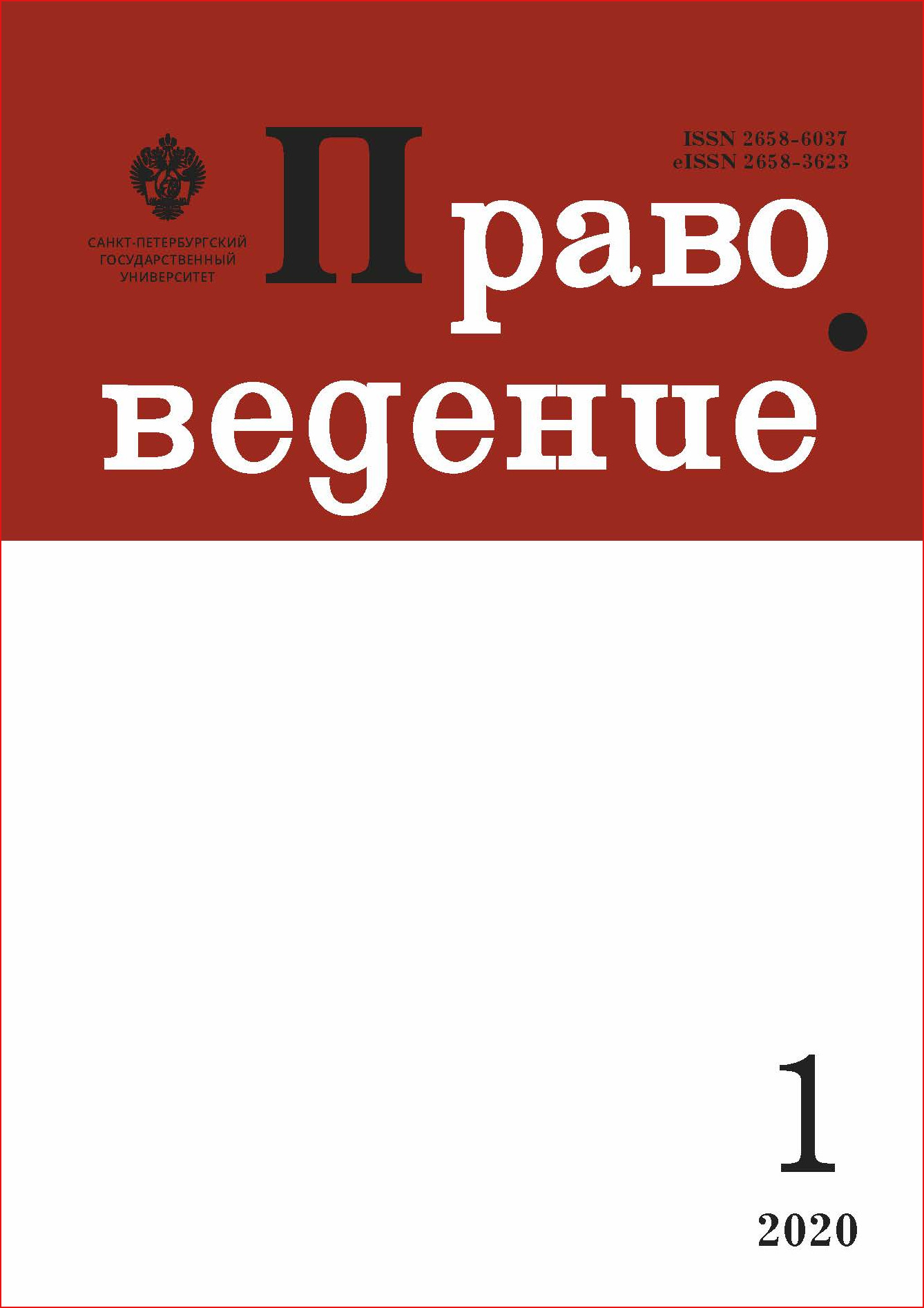Community participation in Intangible Cultural Heritage safeguarding
DOI:
https://doi.org/10.21638/spbu25.2020.102Abstract
According to the Convention for the Safeguarding of Intangible Cultural Heritage (ICH), social actors are at the core of the ICH. Article 2 proposes a subjective, creative and dynamic definition of heritage based on community, groups and individuals (CGIs), highlighting a spiritual connection: ICH safeguarding must respect the “sense of identity and continuity” of CGIs — the main actors in the process of heritage transmission. This community-based vision of heritage is developed in the text of the Convention, the Operational Directives, and reinforced since 2016 by the Twelve Ethical principles introduced in the Basic Texts. A Convention is much more than a text: it determines political, social and cultural contexts, as well as processes of change. A normative tool conceived as guidelines for governments, permeates social life, becoming a framework for the actions and evolution of civil society. This article reflects on the following case study: the “Tocatì Programme for the Safeguarding of Traditional Games and Sports” (TGS). The programme started in Verona, Italy in 2003, connecting a network of communities and building relationships through the organization of an international event: The “Tocatì Festival of Games in the Streets”. From the beginning, this social movement has strengthened the support of institutions at different levels, connecting people, communities and living traditions with representatives of institutions, researchers, artists and policymakers. The cultural association coordinating Tocatì, Associazione Giochi Antichi (AGA) met the UNESCO ICH Convention in 2007. The author examines what has changed in the framework of the Convention in regard to the history of a community-based process and how the Tocatì experience contributes to the effective implementation of the Convention today. An attempt is made to identify the key factors, actors and steps of the Tocatì cultural, social and political process. This is a story that improves our understanding of the role of civil society in the complex, often conflictual and powerful dynamic of heritage-making.
Keywords:
community, civil society, traditional games and sports, Intangible Cultural Heritage, safeguarding, community participation, UNESCO
Downloads
References
Downloads
Published
How to Cite
Issue
Section
License
Articles of "Pravovedenie" are open access distributed under the terms of the License Agreement with Saint Petersburg State University, which permits to the authors unrestricted distribution and self-archiving free of charge.




